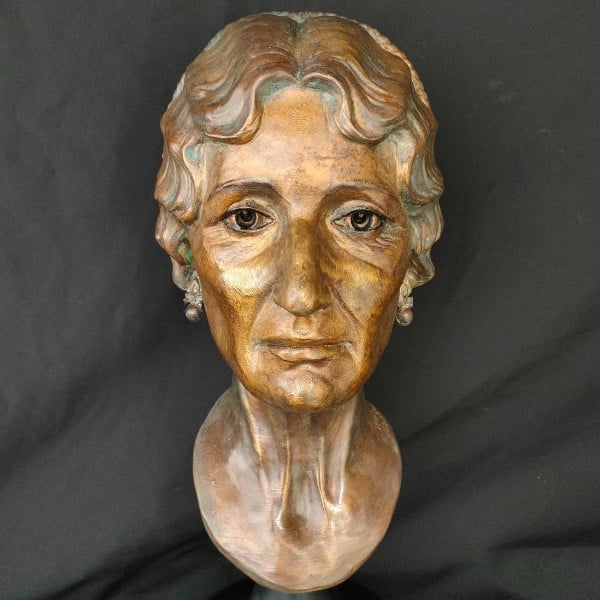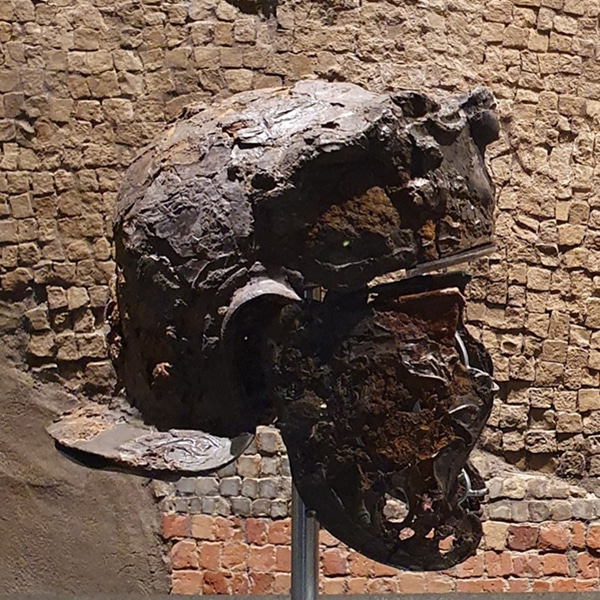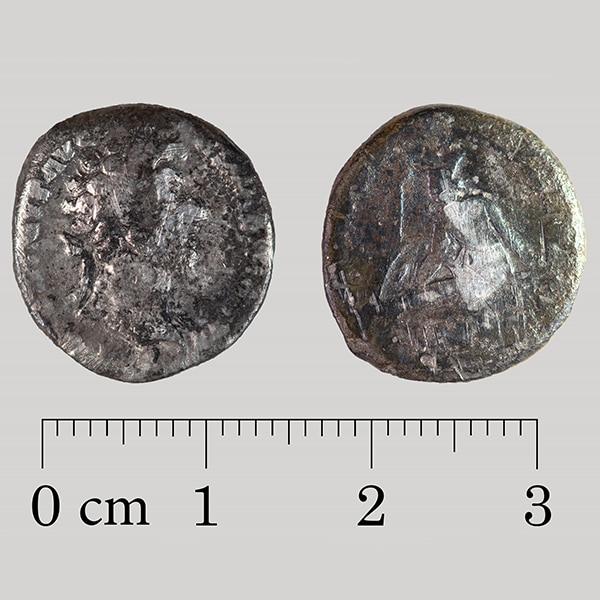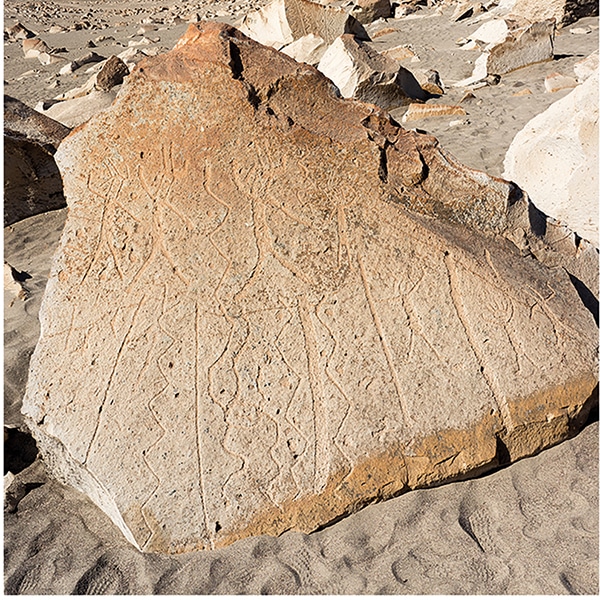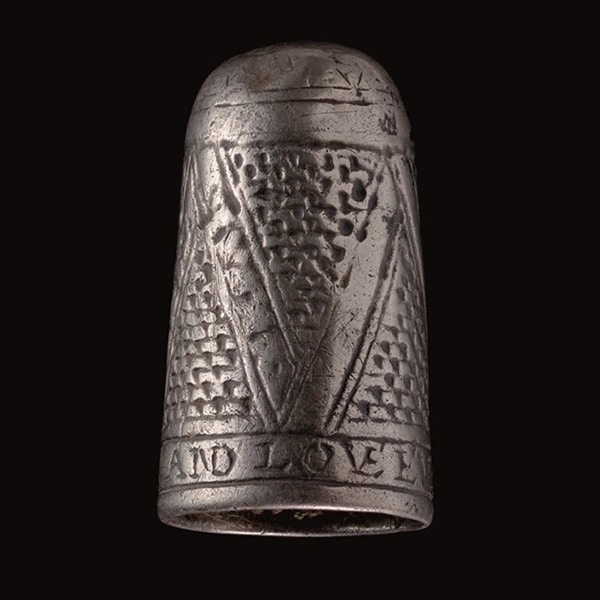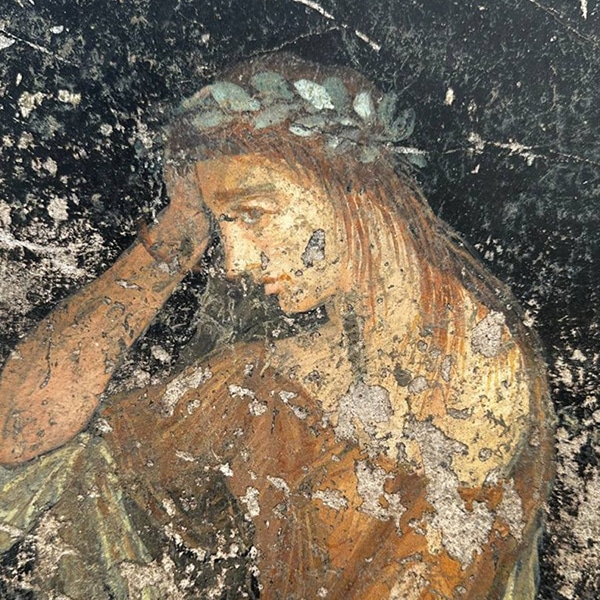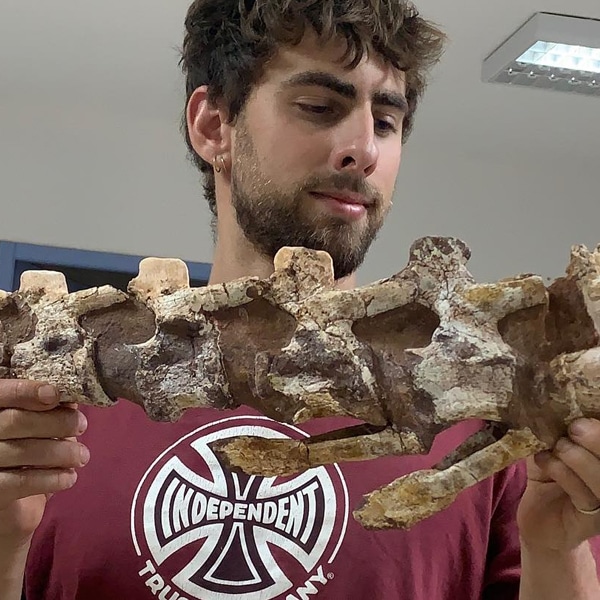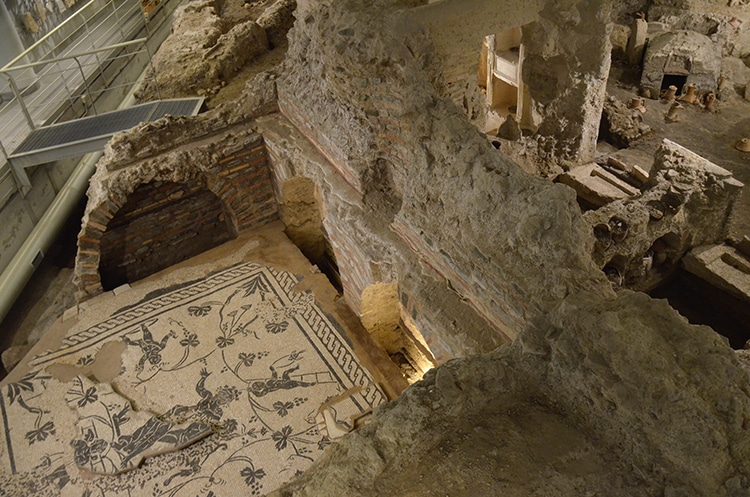
The necropolis, which is now open to the public. (Photo: Carole Raddato via Wikimedia Commons, CC BY-SA 2.0 DEED)
Vatican City is a unique place. As both a country and the headquarters of the Catholic Church, the city is encircled by the wider landscape of Rome, Italy. In the walled city itself, monumental architecture from medieval and Renaissance creators sits atop a wealth of ancient history that has been discovered over the years as new construction projects break ground. Among these revelations was a necropolis, or ancient city of the dead, whose grand extent has been revealed over time. The ancient architecture which lay alongside the ancient Via Triumphalis—which is filled with mosaics and sarcophagi—is now open to the public as of November 2023.
In ancient Rome, bodies of the deceased could not be buried or cremated inside the city walls. So on the outskirts of the metropolis formed a series of necropolis where the ancients were laid to rest. Many lay in small mausoleum structures clustered along Rome's epic roadways, including the Via Triumphalis. Along this road lies the 10,764-square-foot necropolis which is technically now under Vatican City. The public can enter through the Saint Rose Gate in the walls of the Vatican. A series of ramps and paths then allow exploration of the necropolis' remains in an exhibit known as Life and Death in the Rome of the Caesars through the ruins preserved in a mudslide long ago.
Exposed to view are countless mosaics, featuring geometric designs and motifs of the Roman gods. Niches and archways give a sense of the full structures which once existed. Even frescoes remain, decorating for eternity the last resting places. The deceased were buried between the 1st century CE and the 4th century CE. Sarcophagi remain, as do some exposed skeletons. Funerary stelae tell us about these people and their ordinary lives. Among the interred are a Pompeii theater manager and a “saltuarius,” who took care of woodlands.
“We begin to learn about people we did not know, particularly about rituals that seem more related to family, neighborhood, town, or personal traditions than to official religion,” explains Giandomenico Spinola, deputy artistic-scientific director of the Vatican Museums. Leonardo Di Blasi, archaeologist of the Ancient Greek and Roman section of the Vatican Museum, also notes the graves primarily belong to “slaves [of Emperor Nero], freedmen, [and] artisans of the city of Rome,” making the exhibit a fascinating view into the class structure and religious history of Roman burials.
An ancient Roman necropolis, or city of the dead, is now open to the public in the Vatican City.
Related Articles:
Archeologists Open 2,600-Year-Old Etruscan Tomb Unearthing Ancient Treasures
Enormous 26-Foot Atlas Rises Up in Sicily After 20 Years of Reconstruction
Researchers Discover Bronze Age Treasure Made of Meteorite
World’s Oldest Known Tartan Fabric Is Discovered in Scottish Bog











































































